The western snake necked turtles
(Chelodina colliei), commonly called oblong turtles are unique to the South West corner of Western Australia. Generally they are considered to be in a near threatened status.
In September/October 2013 more than 90 oblong turtles were relocated from
Piesse Dam in preparation for the redevelopment there. Sightings in late 2015 show numbers have increased since then. The good thing for us is that we certainly have a turtle highway smack in the middle of town!
They are known as oblong turtles due to the shape of their shells.

It is not known for sure how long that these turtles live in the wild but it is thought that the can live in excess of 30 years. The size and weight of the turtle gives no indication as to its age as food supply greatly affects the size of the turtle. Like telling the age of a turtle it is also hard to tell the sex of turtles, though males do have longer tails and females tend to be larger than the males.
Oblong turtle have a shell that is pale to dark brown or black and usually covered with algae, making it difficult to see in water. I found that the best time to see turtles in the water is the middle of a bright sunny day in clear water. Turtles spend most of their time in the water, only allowing their nostrils and the tip of their snout to remain visible when surfacing for air.

They sometimes rest on logs or rocks protruding out of the water but quickly drop back into the water if they sense danger.

Turtles eat tadpoles, frogs, fish, dragon flies, snails and even baby water birds.

Turtles also have an important part to play in mosquito and midge control as the turtle hatchlings consume the larvae in huge numbers, which is no bad thing at Piesse!
Their long snake-like neck helps when lining up their prey the head sways slightly before they strike at lightning speed turtles, it is amazing sight to see and I can understand why they have the
fastest strike of any Australian freshwater turtle. They also can find speed when out of the water.
Turtle’s biggest predators, in general, are cars but they have a number of natural predators – humans, foxes, dogs and ravens.
A turtles shell is made from bone but it is no match for a car. Luckily at Piesse Park the creek runs under the roads to reduce the risk for our turtles.
Litter and contamination is a big risk to the habitat that turtles need. How many people can honestly say we know how long it takes for the five common things found in litter to fully decompose?
- Aluminium drinks cans? More than one million years!
- Plastic drinks bottles? 450 years!
- Plastic bags? up to 20 years!
- Glass bottle? 1 to 2 million years!
- Cigarette butts? Up to 12 years!
The petro-chemicals in plastics never truly breakdown and will remain in the environment forever.

Although mainly a freshwater species the snake-necked turtle can tolerate
brackish (slightly salty water, usually a mixture of salt and freshwater, such as that found in estuaries) and even saline waters, though only for short periods of time. Piesse Dam is known as brackish, so it is amazing they do so well there.

Male turtles become mature at a carapace (top shell) length of about 14 cm and females with at a length of 15 to 21 cms. Nest sites are usually free from thick vegetation. Females usually lay up to three clutches (each ranges anywhere from 3 -15 eggs of eggs) from September to January. Depending on the weather conditions incubation of the eggs can take from 183 to 222 days.

It is really important to remind people in our community that these turtles are rare elsewhere in the state and we are lucky to have them, and that poaching them for food is illegal!
For more information about oblong turtles check out the Turtle Oblonga Resuce and Rehabilitation Newtork (TORRN) on their web page:
http://www.turtleoblonganetwork.org.au
or on Facebook:
https://www.facebook.com/TurtleOblongaRescueandRehabilitationNetworktorrn  It is really important to remind people in our community that these turtles are rare elsewhere in the state and we are lucky to have them, and that poaching them for food is illegal!
For more information about oblong turtles check out the Turtle Oblonga Resuce and Rehabilitation Newtork (TORRN) on their web page: http://www.turtleoblonganetwork.org.au
or on Facebook: https://www.facebook.com/TurtleOblongaRescueandRehabilitationNetworktorrn
It is really important to remind people in our community that these turtles are rare elsewhere in the state and we are lucky to have them, and that poaching them for food is illegal!
For more information about oblong turtles check out the Turtle Oblonga Resuce and Rehabilitation Newtork (TORRN) on their web page: http://www.turtleoblonganetwork.org.au
or on Facebook: https://www.facebook.com/TurtleOblongaRescueandRehabilitationNetworktorrn 






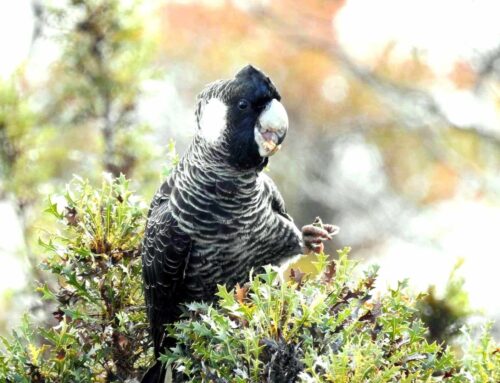
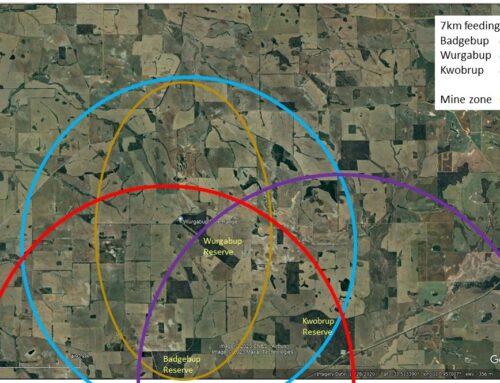
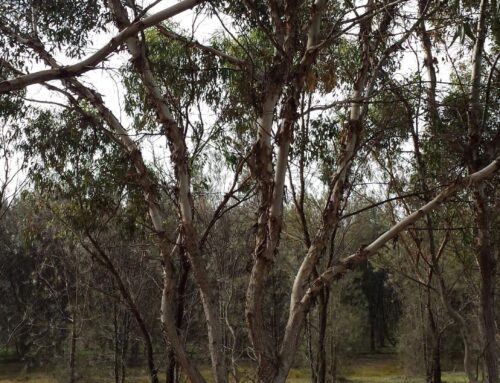
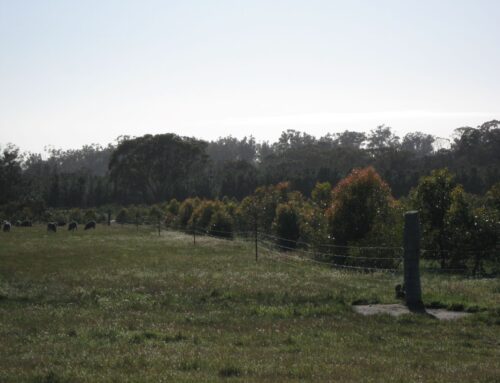
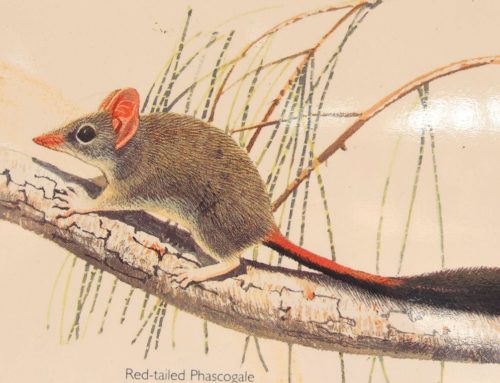
Leave A Comment